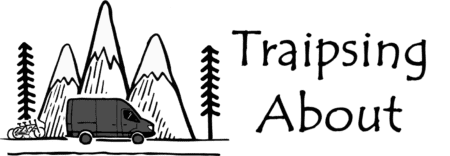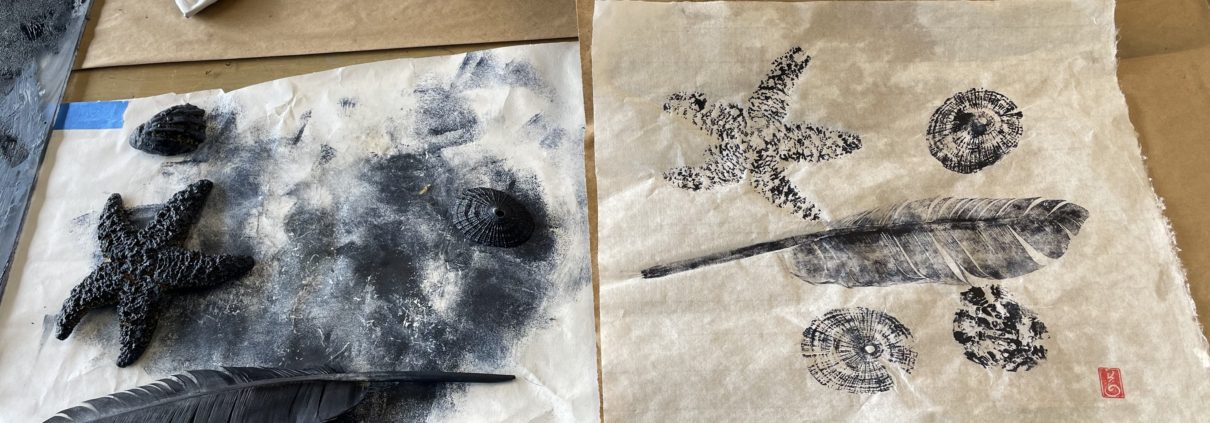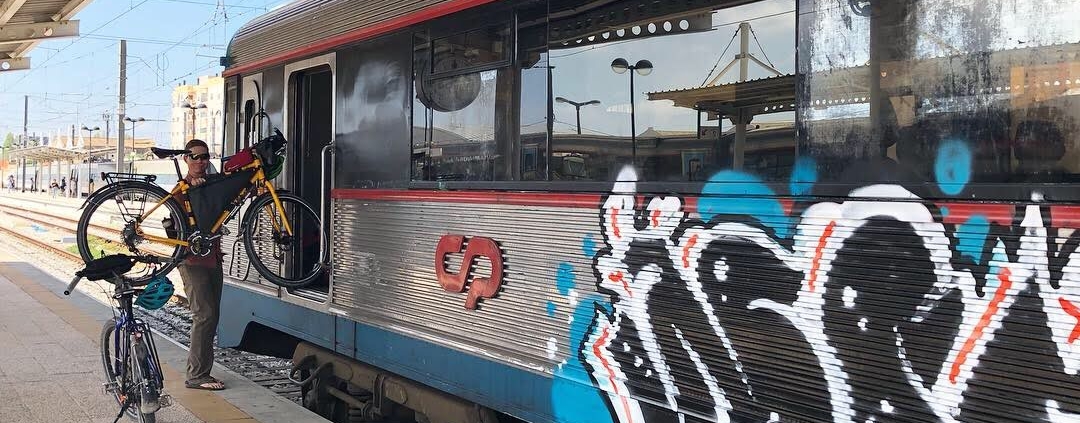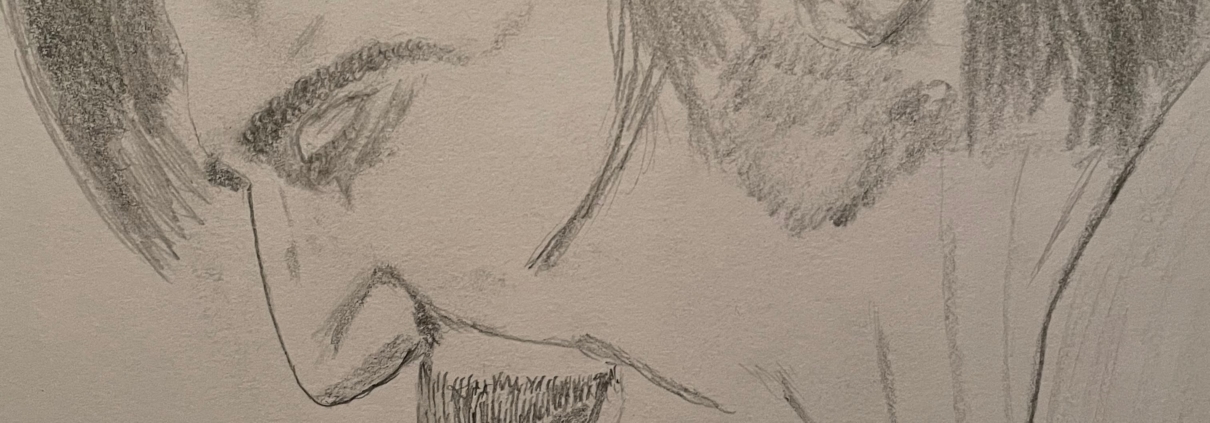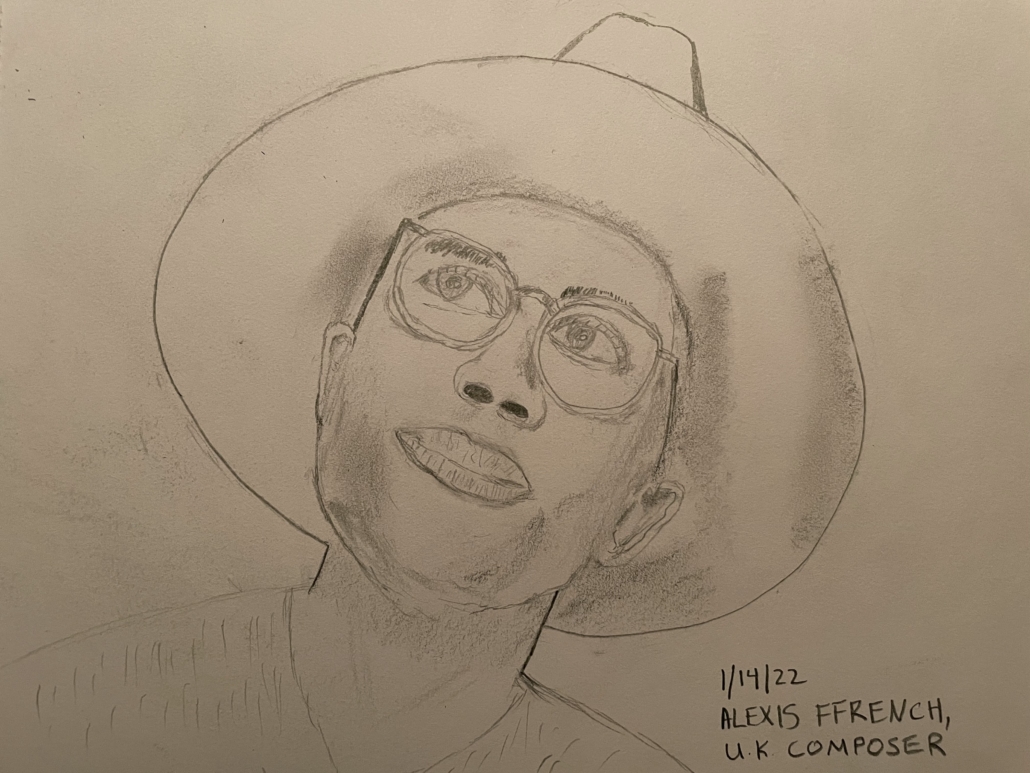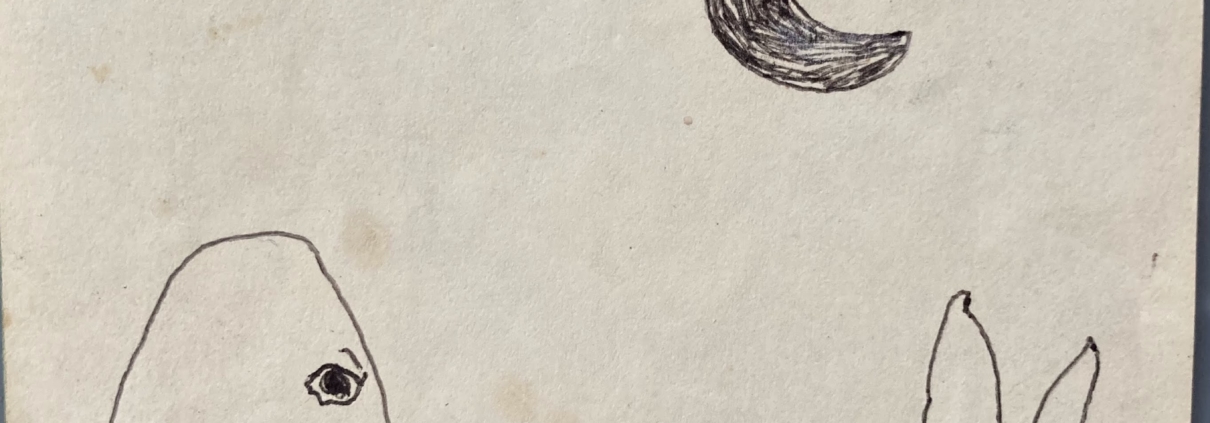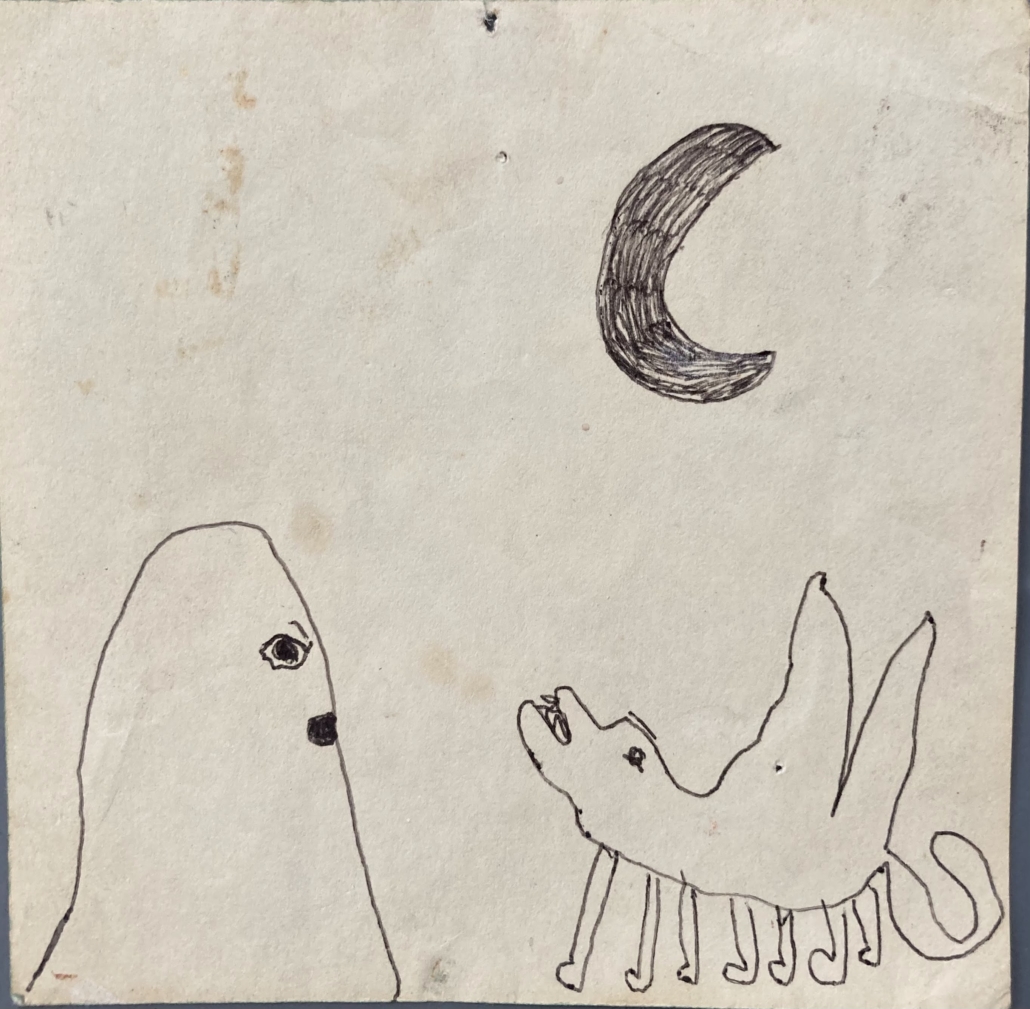Personality flipping
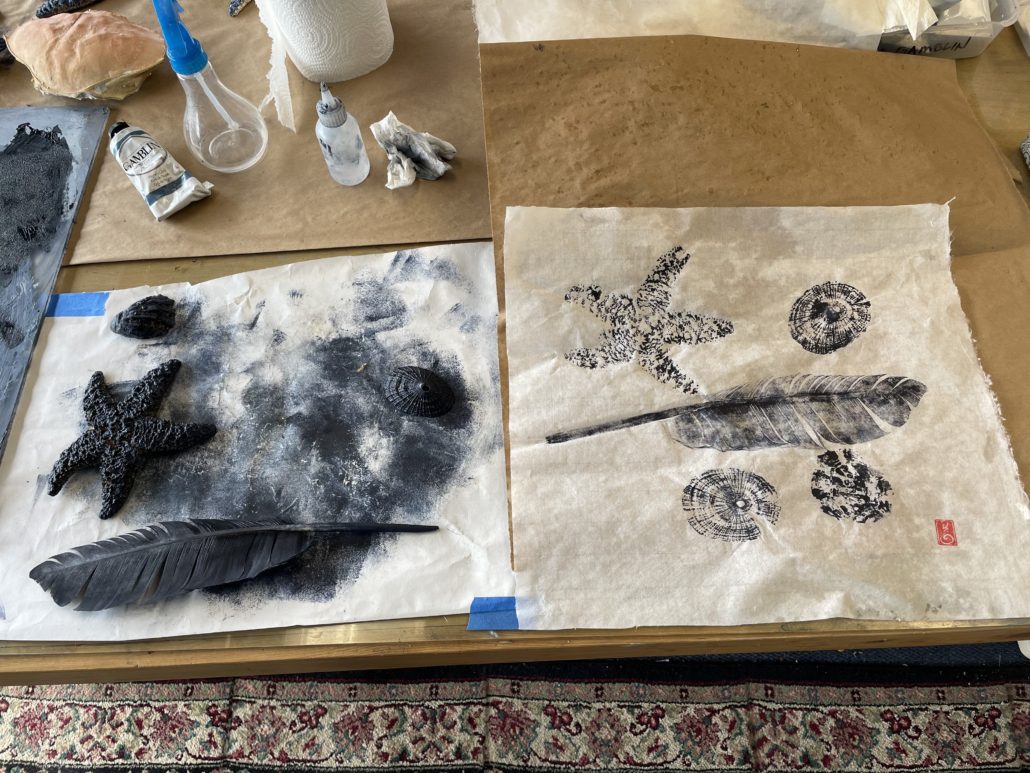
The Myers-Briggs test classifies personalities into 16 distinct types. It can help us understand why we are who we are and why we do the things we do.
In college, my results were ENTJ: Extroverted, Intuitive, Thinking, Judging… aka The Commander. Analytical, efficient, decisive, motivated to accomplish things. (And boooring.)
This week, my results from 16personalities.com were almost opposite, ESFP: Extroverted, Observant, Feeling, Prospecting, aka The Entertainer.
From the site: “The Entertainer loves vibrant experiences, engaging in life eagerly and taking pleasure in discovering the unknown. They can be very social, often encouraging others into shared activities.”
Fascinating: in 20 years, I’ve completely flipped my personality, minus the extroverted aspect. I should mention Chelsea is an ISFP (the Adventurer), my introverted counterpart!
Obviously nuances abound and these assessments aren’t spot on. Reading the descriptions, aspects of both still ring true for me depending on the situation.
My take: for my first test 20 years ago, I was a broke college student in engineering school about to embark into adulthood. I wanted financial security and emphasizing The Commander was the best way I knew for achieving that.
Two decades later, I’m in a much different place. I’ve circled back to becoming more like my parents: less money driven, creative, musically inclined, living in tight social community.
The Commander no longer serves my goals except in specific situations. Otherwise, he just cruises in the background, keeping tabs on things…and occasionally sniping at Chelsea for inefficiency transgressions.
This shift feels like a positive development! I only hope my creative, sensitive side develops further and the boring Commander recedes further into the background.
Dig this post? Subscribe to the Traipsing About newsletter to get more writing like it.
